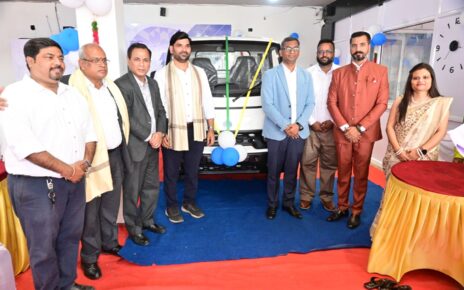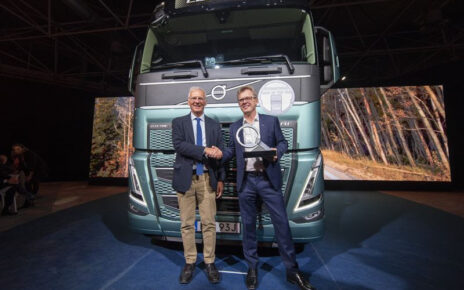Interview with Ajay Sharma, President, Hyderabad Goods Transport Association (HGTA)
The Hyderabad Goods Transport Association (HGTA) has long been a pillar of strength for India’s road transport industry. For over sixty years, it has represented the collective voice of fleet owners, truckers, and logistics players who form the backbone of India’s goods movement. From fighting for transporters’ rights to driving policy advocacy and digitisation, HGTA continues to play a decisive role in shaping the sector’s future. In this exclusive interview with N. Balasubramanian, Ajay Sharma, President of HGTA, outlines the association’s evolution, its initiatives for empowering small and mid-sized fleet owners, and the bold roadmap for the next decade.
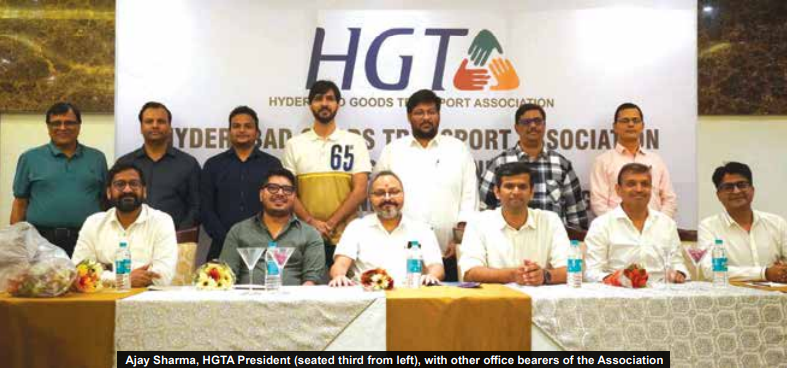
HGTA has been a cornerstone institution for India’s goods transport industry for over six decades. Could you walk us through the association’s evolution and the key milestones that have shaped its identity and influence?
HGTA’s journey began in the 1960s, when fragmented voices in the industry came together to form a cohesive force. From the early days of fighting for fair taxation and basic route access, HGTA quickly grew into a structured, constitution-backed body, expanding its influence across Telangana and Andhra Pradesh.
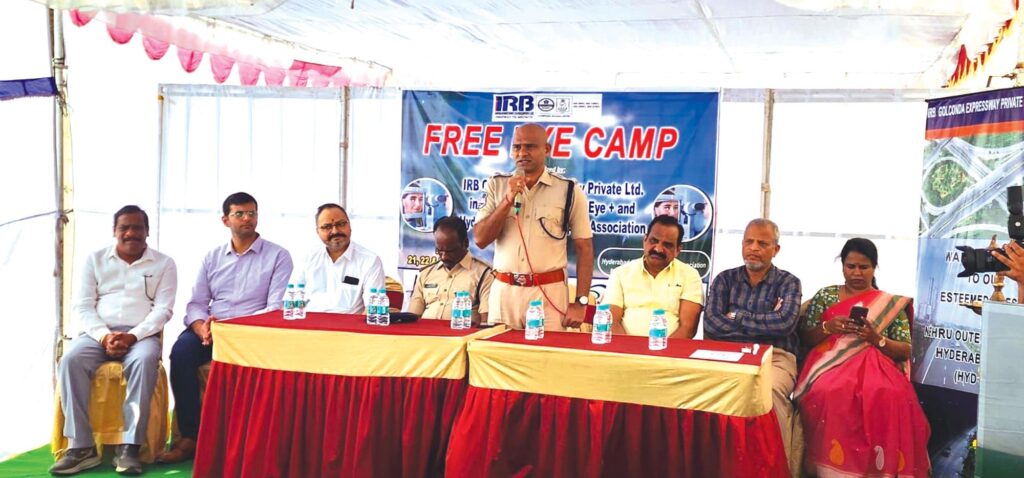
The 2000s saw the association spearheading industry-wide digitisation, championing the use of GPS and digital documentation. During the GST rollout, HGTA played a key role in ensuring regional transporters weren’t left behind in the compliance shift. Today, it also focuses on labour welfare, driver rights, and insurance access.
During the COVID-19 crisis, HGTA was on the front lines – organising passes for goods movement, coordinating relief for stranded drivers, and helping keep the economy running.
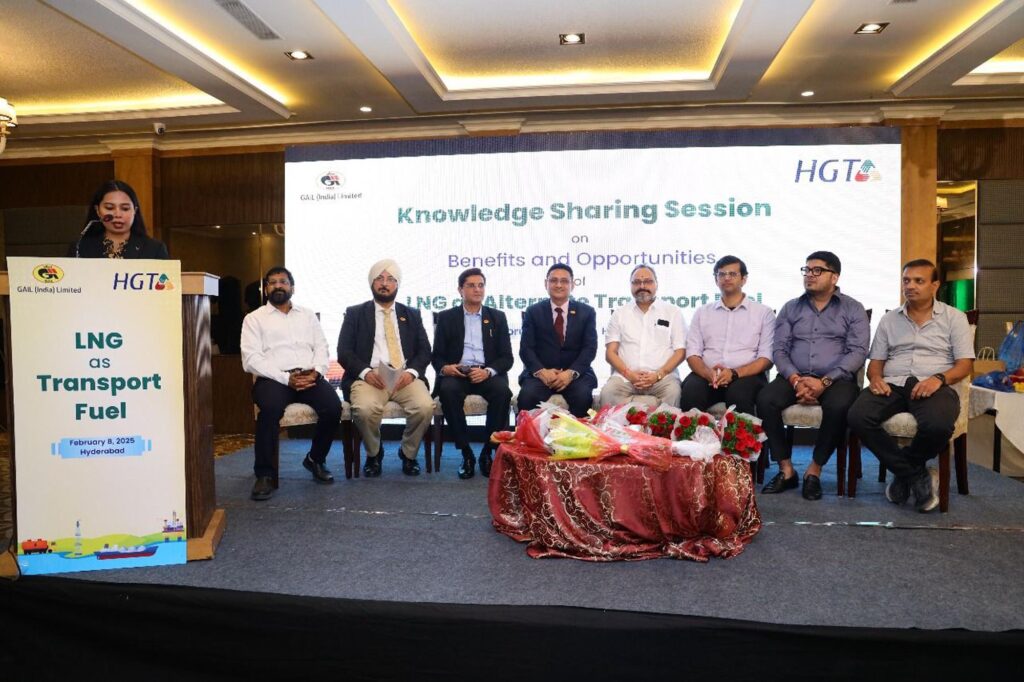
The association is now deeply involved in national policy dialogues – including the National Logistics Policy, green transport frameworks, and electric vehicle integration. “We’re entering a new era,” said Sharma. “Our dynamic leadership is pushing innovation, start-up engagement, and capital access – while staying rooted in our founding values.”
In today’s rapidly changing logistics landscape, what do you see as the biggest structural challenges facing Indian truck operators, especially small and medium fleet owners? How is HGTA supporting its members?
Small and medium operators face an uphill battle. Fragmented compliance regimes, limited access to affordable finance, technology disparity, rising operational costs, and a persistent driver shortage are all key stressors.
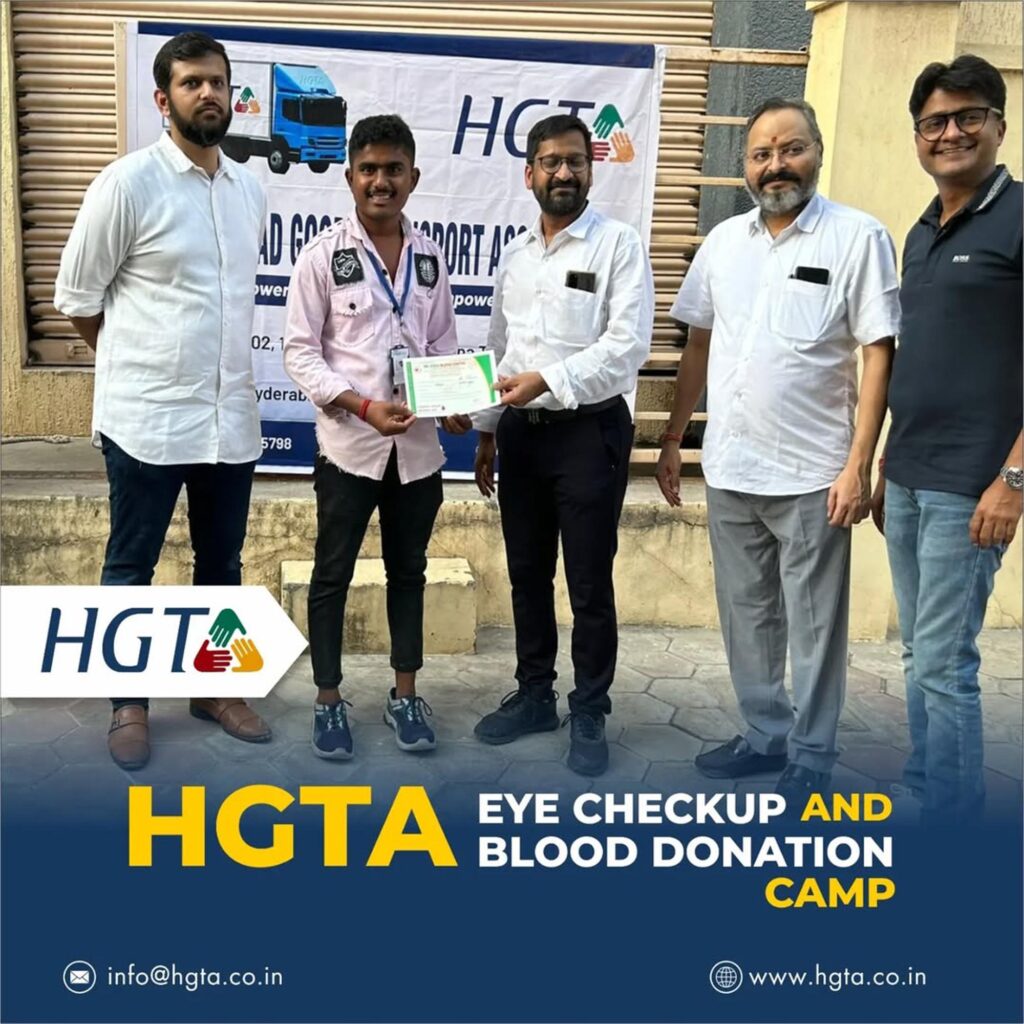
HGTA is tackling these challenges head-on through four main levers:
- Policy advocacy: Representing members’ interests with city, state, and national authorities.
- Capacity building: Conducting hands-on workshops on GST, fleet telematics, e-invoicing, and digital freight systems.
- Driver-focused initiatives: Health camps, life insurance coverage, and road safety awareness.
- Community engagement: Regular roundtables with OEMs, government stakeholders, and fleet owners to foster best practices.
“We don’t just represent our members,” said Sharma. “We empower them with tools, knowledge, and networks to stay relevant and resilient.”
The government has been pushing for digitisation, fleet modernisation, and compliance. How aligned is grassroots reality with these policy-level moves? What’s still missing?
The intent is commendable, but execution lags behind. While platforms like FASTag, VAHAN, and e-way bills have eased processes, most small operators lack digital fluency. “Many truck owners still use agents to complete e-permits or filings. It’s not that they don’t want to adopt tech – they’re just overwhelmed,” Sharma explained.
Scrappage policies are another example. “For a fleet owner who invested life savings in a 15-year-old truck, asking him to scrap it without financial support is unrealistic,” he added.
HGTA advocates for:
- Simplified vehicle finance and lower interest rates
- Viable buy-back or scrappage incentives
- On-ground training in local languages for small fleet owners and drivers
- Real-world-centric policy rollout across Tier 2/3 regions
- Greater engagement with regional associations in policymaking
“Unless we bridge the gap between policy and operational ground realities, many small players will be left behind,” warned Sharma.
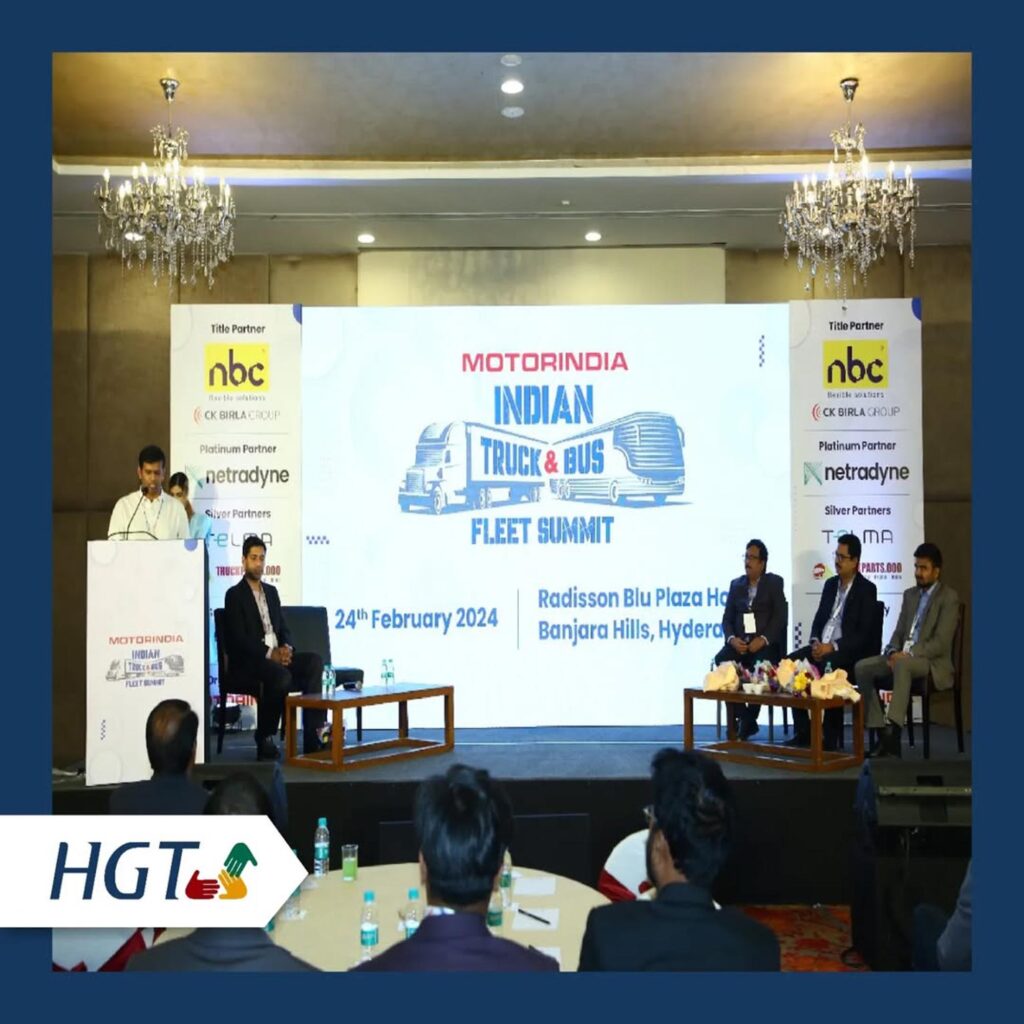
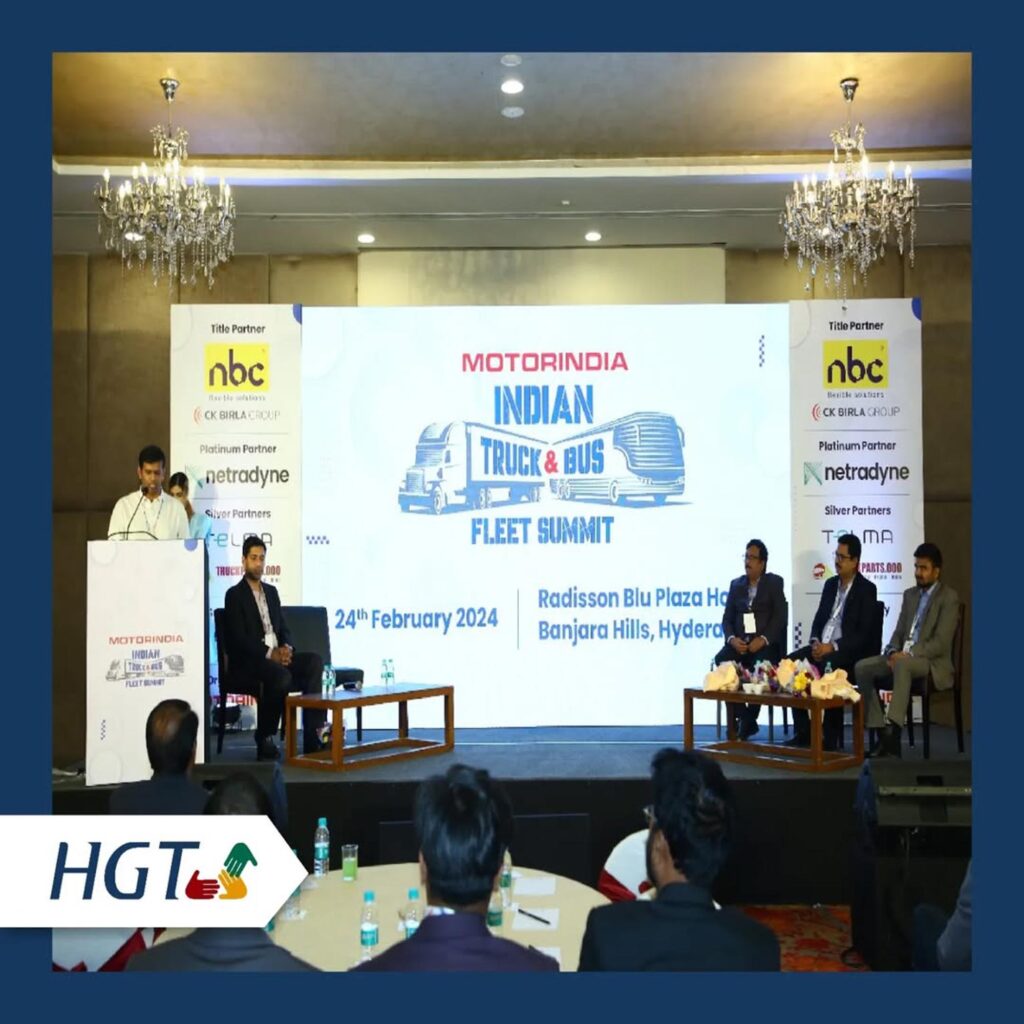
With increasing focus on ESG, alternate fuels, and decarbonisation, how ready is the traditional goods transport sector to adapt to EVs and LNG/CNG vehicles?
The sector is warming up to the idea of alternate fuels – but the transition is slow and challenging.
“Most small and regional operators don’t see a clear business case yet. Infrastructure gaps, high upfront costs, and uncertain resale value are major hurdles,” Sharma pointed out.
Still, some positive trends are emerging:
- Pilots with EVs for last-mile deliveries in urban areas
- Increased interest in CNG/LNG for long-haul among larger operators
Sharma stressed that readiness will accelerate only if the ecosystem supports it: “We need robust charging and refuelling infrastructure, financing models, and policy stability to make clean transport viable across the board.”
Driver welfare and shortage continue to plague the ecosystem. What specific measures is HGTA taking to address this crisis?
HGTA has adopted a multi-pronged approach to fix what Sharma calls the “most urgent and human challenge” in transport.

Key interventions include:
- Skill development & certification: Through partnerships with training institutions, HGTA promotes comprehensive driver training on safety, fuel economy, and soft skills.
- Working condition reforms: Lobbying for rest areas, parking bays, and medical support infrastructure.
- Social security: Facilitating access to health insurance, accident coverage, and pension schemes.
- Cultural rebranding: Driver felicitation, awareness campaigns, and storytelling to restore respect and dignity.
- Dialogue for retention: Regular forums to address wage structures, work hours, and incentive plans.
“No logistics policy can succeed without dignified, skilled drivers. HGTA is making sure they are seen as assets, not liabilities,” he emphasised.
Are FASTag, freight platforms, and digital tolling systems delivering real-world benefits to transporters?
The benefits are real, but still inconsistent. “FASTag has cut down waiting times at toll plazas, but scanner issues and recharge problems still cause delays,” said Sharma. Digital freight platforms have improved load matching, especially for larger operators, but many small fleet owners still rely on traditional brokers due to limited tech access.
Unified tolling is conceptually strong, but not fully implemented across all corridors. Manual processes and inconsistent enforcement create friction for transporters.
“Digitalisation is the way forward,” Sharma said. “But unless last-mile connectivity and digital literacy improve, smaller players will continue to struggle.”
Given HGTA’s legacy, how are you expanding your role in national-level transport reforms?
“Regional relevance is our strength,” said Sharma. HGTA brings decades of operational insight from South India – insight that’s often missing in centralised policymaking.
Through its institutional arm, HGTA-TTDI (Transport & Trade Development Institute), the association is now contributing to national-level consultations on digitisation, ESG, and driver welfare.
“We’re building coalitions with AIMTC, AITWA, and others to ensure our region’s voice is loud and clear in Delhi,” Sharma said. “Our vision is simple – translate regional wisdom into national policy design.”
Lastly, what is your vision for HGTA over the next five to ten years? How do you plan to future-proof the association?
HGTA’s long-term agenda revolves around four core pillars:
- Policy Leadership: Becoming a core contributor – not just a participant – in national policymaking.
- Digital Enablement: Creating playbooks and practical tools for tech adoption, particularly for small and mid-sized operators.
- Solving the Driver Crisis: Scaling HGTA-TTDI into a national driver skilling and welfare benchmark.
- Sustainability as a Mandate: Leading EV, CNG/LNG, and ESG adoption across members – not as a reaction, but as a strategy.
“We’re not just adjusting to disruption – we’re driving the disruption. HGTA is positioning itself as the heartbeat of India’s road transport future,” Sharma concluded.


